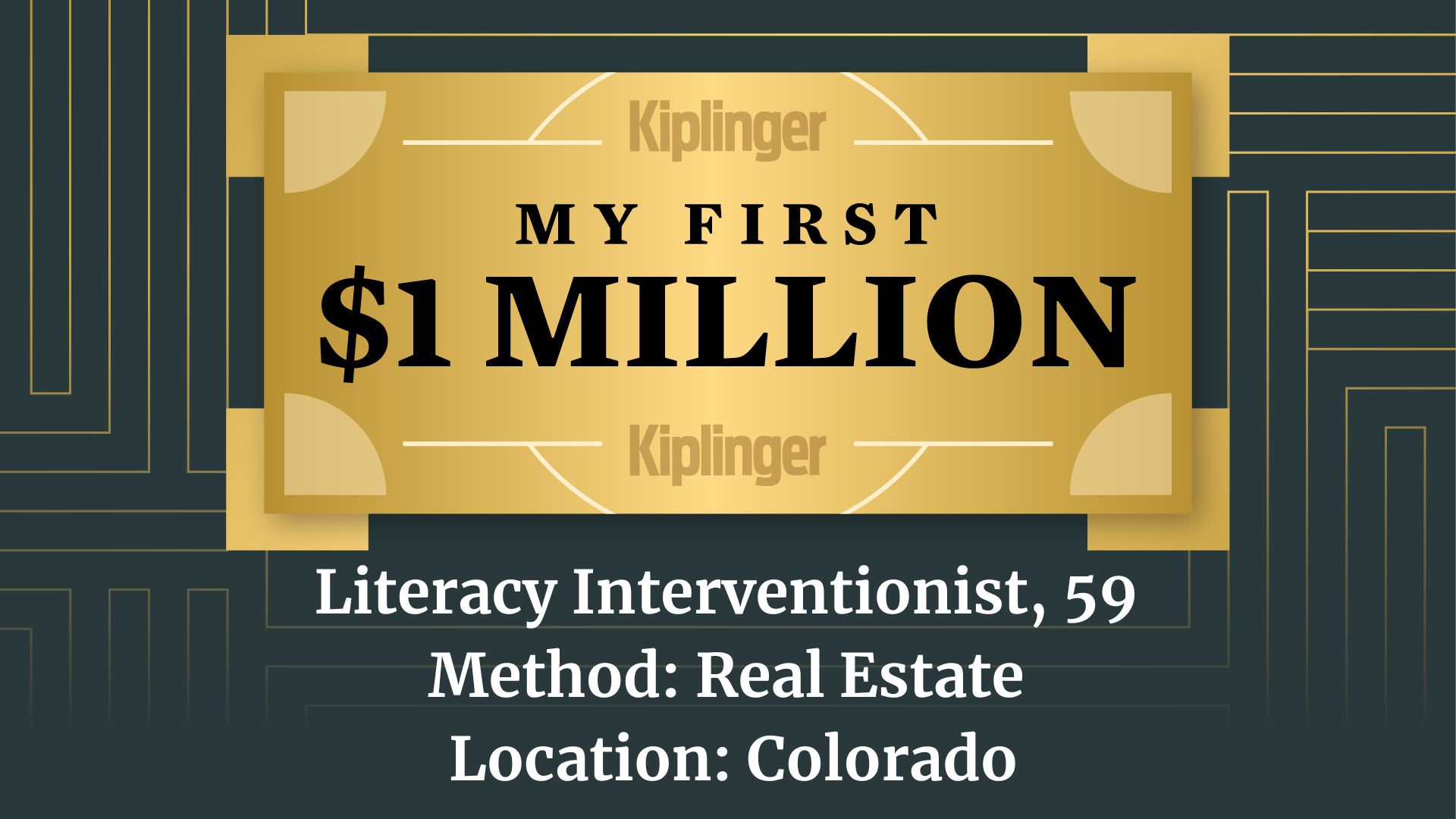6 Critical Questions to Ask Before Investing in a Stock
Before you make any investment, figure out your answers to these questions to help minimize your risk.

Someone much wiser than me once said that if you don't know where you're going, any path will get you there. This couldn't be truer than when it comes to investing. And often it will be a lot more dangerous. So there's never a bad time to become wiser about your investing process. If you learn something today that you didn't know yesterday, it will help you tomorrow.
Of course, you have to understand that investment risks cannot be eliminated, but they can be understood and managed to some degree. If you start the process by knowing the answers to the six questions that follow, your risks should be greatly reduced.
1. What investment do you want to buy?
Whether you're interested in stocks, mutual funds, exchange traded funds or other investment, what you buy is really up to you (and not the focus of this particular article). Whatever your process of selection, I assume you have found something you feel good about for the right reasons. My team and I certainly have a very clear process for selecting the investments we choose for our clients, and you should too.

Sign up for Kiplinger’s Free E-Newsletters
Profit and prosper with the best of expert advice on investing, taxes, retirement, personal finance and more - straight to your e-mail.
Profit and prosper with the best of expert advice - straight to your e-mail.
2. Is now a good time to buy it?
This is a tougher one to answer. It will likely depend on several issues: Is the overall market positive or negative? Is the sector or asset class you are looking at positive or negative? Is the price attractive? Based on what criteria? The list of considerations may seem daunting, but all of these questions are important to understand before investing.
3. How much of it should you buy?
This has proven to be the most misunderstood question that we've come across over time, and I'll provide a more detailed answer in a moment.
4. What do you do with it if it's a winner?
Do you have a specific plan of keeping it or selling it at some point? Successful investors have this determined before they buy.
5. What do you do with it if it's a loser?
Not all good ideas work out as planned. You need to know at what point you will dump a loser, and you need to know that price point before you buy it. Otherwise, all of this becomes a guessing game.
6. What do you do with it if it's simply a laggard?
This is something that most people we've had this discussion with have never thought about. If your dollars are just sitting there in a lagging investment, are there other investments that would be more productive or have more potential? Again, having a process to determine this in the beginning will result in better investment outcomes.
We're now back to the issue of how much to buy. This is by far the most difficult question. And one that rarely has a satisfactory answer, in my opinion.
Rather than simply picking an arbitrary percentage of your overall portfolio or an arbitrary number of shares, why not base it on how much risk you want to take with that specific investment?
Let's examine this process: We'll assume you have a $500,000 portfolio and are willing to risk 1% of that on any given investment choice. That equals $5,000 of risk. Let's say the stock is selling for $40 per share, and you have determined that if it falls to $35 you will sell it because it's a loser as discussed above. You now have $5 of risk—the current price minus the stop loss price—so divide the risk of $5 into the portfolio risk of $5,000, and you get 1,000. You buy 1,000 shares.
You have taken 1% risk to buy the stock, and it represents $40,000 of value, or 8.0% of your portfolio. Does that seem like too high of a percentage? Why? You have clearly defined the amount you are willing to risk, and logical math does the work. There is nothing arbitrary here.
If the price falls to $35, you sell it. It's a loser.
If the price moves up to $50, things are looking good. You could sell it or simply move up your stop loss price up to $45, which will now represent your 1% risk factor for this specific investment that you had to start with.
You can keep doing this if the stock continues to increase in price. Or you could sell some of it or all of it, take your profits and move on to the next idea.
You now have the answers to all six of the questions asked. What, when, how much, as well as what to do if it's a winner, loser, or laggard.
Isn't it nice to have the answers before the question is asked? Of course it is!
This process gives you answers and should also give you better investment results without the worry of not knowing what you don't know.
Charles C. Scott, Accredited Investment Fiduciary®, has more than 30 years of experience in the financial services industry. "Our mission is to help our clients discover, design and live the life that they want to live by matching their finances with their visions, values and goals."
Get Kiplinger Today newsletter — free
Profit and prosper with the best of Kiplinger's advice on investing, taxes, retirement, personal finance and much more. Delivered daily. Enter your email in the box and click Sign Me Up.

Charles C. Scott, Accredited Investment Fiduciary®, has more than 30 years of experience in the financial services industry. He developed and managed an institutional sales department for Washington Mutual, and then served as the Northwest Regional Manager for MFS, America's oldest mutual fund company. Since 1993, he has been an independent adviser, focusing on providing his clients with objective, unbiased planning and investment advice. He has written for the Wall Street Journal, CFO Magazine and other publications.
-
 Retire in Malta for Quiet Coastal Perfection
Retire in Malta for Quiet Coastal PerfectionSeemingly remote yet easily accessible to other points in Europe, sunny Malta offers paths to citizenship and residency for families and retirees.
By Drew Limsky
-
 How This Literacy Interventionist Made $1 Million
How This Literacy Interventionist Made $1 MillionEver wonder how someone who's made a million dollars or more did it? Kiplinger's new My First $1 Million series uncovers the answers.
By Joyce Lamb
-
 Will My Children Inherit Too Much?
Will My Children Inherit Too Much?If you worry about how your children will handle an inheritance, you're not alone. Luckily, you have options — from lifetime gifting to trusts — that can help.
By Mallon FitzPatrick, CFP®, AEP®, CLU®
-
 Charitable Giving Lessons From Netflix's 'Apple Cider Vinegar'
Charitable Giving Lessons From Netflix's 'Apple Cider Vinegar'Charity fraud is rife, and a Netflix series provides a timely warning about donating money to a good cause without looking into its background.
By Peter J. Klein, CFA®, CAP®, CSRIC®, CRPS®
-
 Four Takeaways From Filing Your Taxes to Boost Your Financial Future
Four Takeaways From Filing Your Taxes to Boost Your Financial FutureNow that another tax season is in the rearview mirror for most of us, what lessons can you take from what you learned about your finances to plan for the future?
By Kate Winget
-
 What Claims Adjusters Are Thinking vs What They're Saying
What Claims Adjusters Are Thinking vs What They're SayingAfter a natural disaster, few of us are at our best, but here's what to keep in mind when you're interacting with your insurance company's claims adjuster.
By Karl Susman, CPCU, LUTCF, CIC, CSFP, CFS, CPIA, AAI-M, PLCS
-
 Looking to Make a Job Change? How to Stand Out Like a Pro
Looking to Make a Job Change? How to Stand Out Like a ProTo make a strong first impression in interviews or when networking, skip your job title and work history and use an opening gambit that highlights your talents.
By Anne deBruin Sample, CEO
-
 First 100 Days: Trump's Impact on Your Finances
First 100 Days: Trump's Impact on Your FinancesHere are some opportunities to consider regarding investing, interest rates and tax cuts as the financial landscape shifts under the new administration.
By Daniel Razvi, Esquire
-
 What Would Happen if You Put Your Tax Refund in an IRA?
What Would Happen if You Put Your Tax Refund in an IRA?Not only could you get a tax break, but the compounding effect over 35 years could turn the average refund into nearly $14,000.
By Romi Savova
-
 Children Can't Afford to Fly the Nest? Here's How to Help
Children Can't Afford to Fly the Nest? Here's How to HelpThe high cost of living means more adult children are staying at home. Here are four ways to help financially so they can eventually spread their wings.
By Kelli Kiemle, AIF®